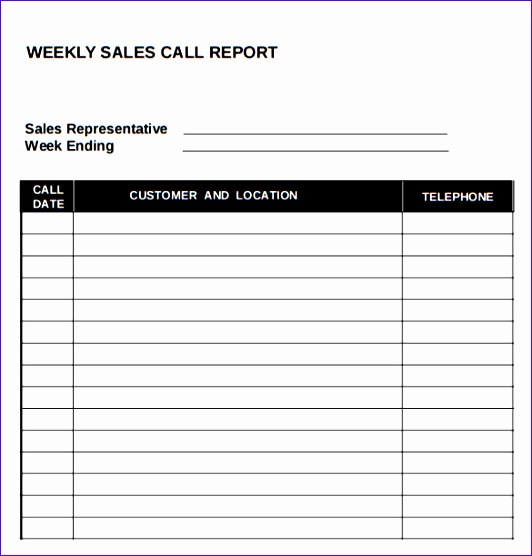

Then, it retrieves last year's sales using the transformation Last Year's. The Intelligence Server prepares the temporary table with Call Center and Day as its key. Pass0 and Pass1 are issued by Intelligence Server to compute the metric Daily Sales (last year).[Analytical SQL calculated by the Analytical Engine: The SQL generated for the report Hypothesis Testing is displayed below, along with a summary of the actions taken at the end of the SQL statement: This is strong evidence that average daily sales for the majority of the call centers can be attributed to a steady increase, rather than random fluctuations. This indicates that the probability of making an error in concluding that the sales have significantly increased is low for all but these four call centers.Īdditionally, even Salt Lake City and Fargo are at 20% or lower. All call centers, except for Atlanta, Salt Lake City, Seattle, and Fargo, have a p-value of less that 5%. The resulting report, Hypothesis Testing, is shown above. The Hypothesis Testing report is shown below.

You accomplish this using the Average Daily Sales metric, defined as:Īverage Daily Sales = Avg(Sum(Revenue) Ĭreate a report with the two metrics shown above (for p-value) and the attribute Call Center. To answer this question, you must first find the average of daily sales for recent years for each call center. The reports and report objects in this example can be found in the following folder: MicroStrategy Tutorial\Public Objects\Reports\ MicroStrategy Platform Capabilities\Advanced Analytics\ Statistics and Forecasting\Hypothesis Testing Which Call Centers had a Statistically Significant Increase in the Average Daily Sales in Recent Years? Additional Examples of Functions in Expressions H ypothesis Testing Example


 0 kommentar(er)
0 kommentar(er)
